
Articles sur Biodiversity
Affichage de 1 à 20 de 887 articles

Two-thirds of conservation actions studied were found to benefit target ecosystems and species.

The Himalayas are a beautiful and fragile ecosystem that both humans and non-humans have relied upon for millennia. Protecting them will require careful conservation efforts.

We compiled maps of bushfires and prescribed burns in southern Australia from 1980 to 2021 to see how fire activity is changing habitat for 129 threatened species such as mountain pygmy possums.

An end to extinctions. An environmental cop on the beat. Labor promised a great deal on the environment. But yesterday, they backed away from the main challenge.

Rather than just a small change here or there, taking real action on climate change and biodiversity requires a fundamental, system-wide reorganisation.
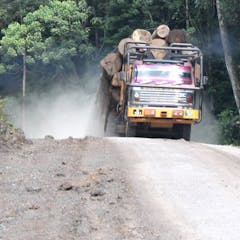
What harm can a road do? Plenty. Once built, illegal roads let loggers, miners, poachers and landgrabbers into the jungle, and the felling begins.

Kelp forests around the world, and in Canada, are under threat. New research sheds further light on the health, and resilience, of these crucial ecosystems.
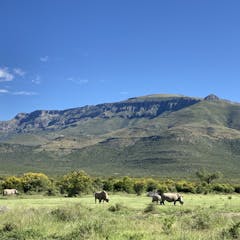
The strategy aims to conserve biodiversity while also contributing to the creation of jobs and economic growth.

Agroecology could be an effective way to address food insecurity and respond to the climate crisis. However, significant hurdles remain.

Even with the best intentions, policies from different government departments can clash.

New AI tech could identify Asian hornets and help scientists eradicate invading colonies.

Not all types of ground are the same and understanding how varied ground types react to environmental stresses is key to achieving true sustainability.

Conservation of biodiversity is in the hands of humans but artificial intelligence can help guide decisions.
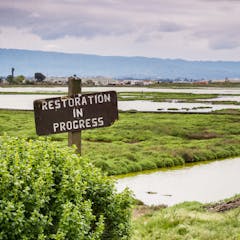
Australia committed to restore 30% of degraded ecosystems by 2030 when we signed the global biodiversity framework. But what does that really mean? It’s open to interpretation. So let’s be ambitious.

Atlantic halibut are making a strong comeback in the Gulf of St. Lawrence. But how do we know where the fish move throughout their lives?

We scanned the tree canopy with lasers and found birds much prefer the branches of big old trees.

Bird flu is decimating species already threatened by climate change and habitat loss.
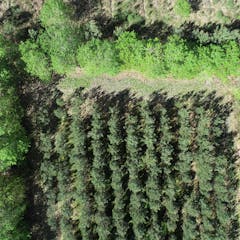
The SUPERB project, part of the EU’s Horizon programme, aims to restore thousands of hectares of forest landscape across Europe.

Scientists have been debating the start of the Anthropocene Epoch for 15 years. I was part of those discussions, and I agree with the vote rejecting it.
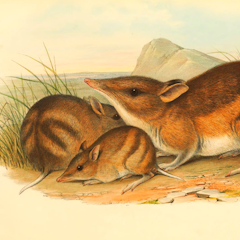
Translocation may have been the key to survival for the eastern barred bandicoot but it might not be the golden ticket for every species.
